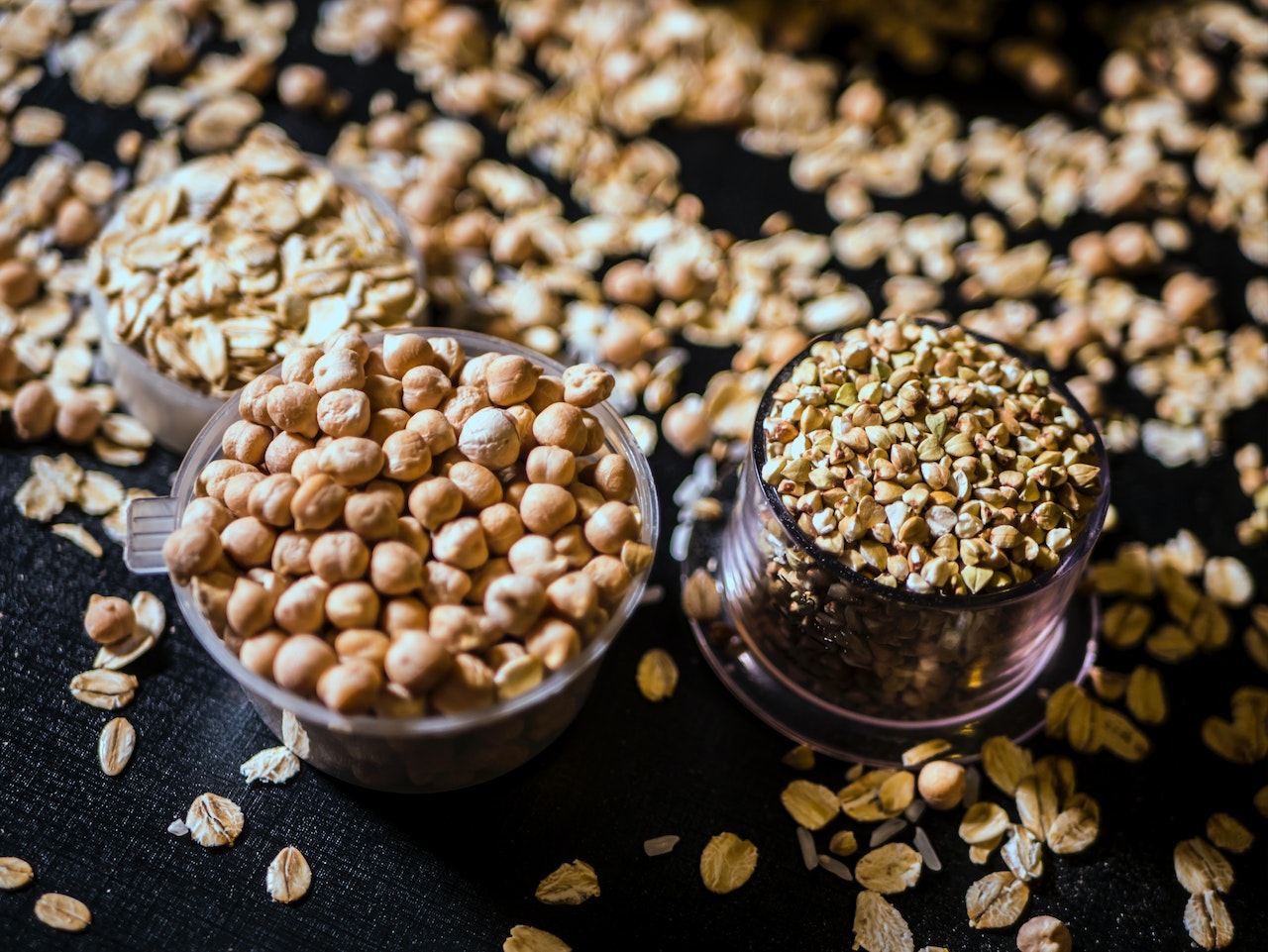6 Best Practices for Heart healthy Eating
The world is suffering from rapid heart disease, especially in the U.S., where it has caused over 380,000 deaths. It remains a primary cause of death in America and many parts of the world. However, the death rate has dropped over time despite increasing risk factors. A healthy heart diet is the best way to avoid heart disease. Eating foods good for the heart is a preventative measure against heart issues.
The good news is there are many heart-healthy diets. These foods reduce or eliminate heart disease risk factors while maintaining healthy cholesterol levels and fat molecules called lipids.
Being conscious about what you eat can lengthen your days on planet earth. The practice of heart-healthy eating reduces the vulnerability to atherosclerosis. The disease blocks your arteries from functioning properly, leading to heart disease. But if your organ is already facing the problem, these foods slow the progress of the disease, especially for people with a heart attack or heart surgery.
However, adopting the best practices of heart-healthy eating will maintain cholesterol levels and reduce blood pressure, blood sugar, and body weight. Additionally, this diet contains mouth-watering foods instead of strict regulations on foods you can’t eat. Read on to find the best six practicable diets to maintain a healthy heart.
Whole Grains
Whole grains are the first food group to include in your daily meal. This diet is filled with fiber and other incredible nutrients in looking out for the body’s blood pressure. You can easily incorporate the food group into your daily diet.
For example, it is best to go for bread that contains 100 percent grain rather than eating white bread. In addition, grains are a great way to rotate your diet. You can use soy nutrition as a model for adding whole grains to your meals. Also, you can prepare or buy foods like quinoa or farro, whole wheat pasta, and brown rice.
Eat Healthier Fats
Saturated and trans-fat are significant causes of heart diseases. When these substances become too much in the body, they block the optimal function of the heart. So, lowering the intake of saturated fat and removing trans fat is vital to having a hearty heart because the process reduces cholesterol levels lowering your vulnerability to coronary artery disease. Contrarily, having high cholesterol levels will build plaque and affect your arteries, increasing your risk of heart attack and stroke.
However, the easiest way to keep to this practice is to know what saturated and trans fats to include in your diet. For example, you can switch butter with olive oil. The combination may not be tasty, but olive oil adds flavor to foods and can be mixed into many recipes. Another great source of natural fat is avocados. These fruits can substitute butter and oil like palm and coconut oil.
Additionally, add nuts and seeds to the practice. These food sources contain calories and are jam-packed with healthy fats and omega-3. The content makes them great to be eaten in moderation to avoid compromised heart health.
Fruits And Vegetables
These food groups do not need much emphasis because they are familiar and you know the use. Dieting on them means eating vitamins and minerals with enough fiber without pilling up calories. Vitamins and minerals play a major role in fighting cardiovascular diseases. To add to the benefits, you can practice heart-healthy eating to reduce the rate of consuming calorific foods like snacks.
The market presents you with many options to incorporate into your diet. You can make a daily routine of different fruits and veggies but ensure they are low in sugar. Another way to go is to avoid processed fruits and vegetables containing syrup and too much salt.
Dark Chocolate
Although fruits and vegetables are popular foods for the heart, do not neglect the nourishment of dark chocolate. Dark chocolate is congested with antioxidants and nutrients that lower your risk of heart disease. The bittersweet bar is a superfood for lowering cholesterol.
Additionally, it contains flavonoids that help heart operations. The nitric oxide in the superfood reduces blood pressure, improves cognitive activities, reduces stress, and keeps you out of diabetes-harms-way. So, you are encouraged to keep the bittersweet treat in hand a few times a week and tap those benefits for your heart.
Low-Fat Protein
Protein may be a vital nutrient in a meal, but it doesn’t come free. Not all proteins are healthy and necessary for the heart. You need to sort out proteins to avoid and those beneficial for the heart. Consume low-fat protein from fish, poultry birds, eggs, low-fat dairy, and lean meat. For example, fish is highly proteinous and enriched with omega-3 fatty acids to lower blood fats.
Substitute fatty milk for low-fat milk or yogurt. However, avoid overeating red meat because it contains cholesterol and saturated fats; instead, go for legumes or cholesterol-free protein. Start ordering black bean burgers instead of meat since they have no cholesterol and are saturated with antioxidants and magnesium for maintaining blood pressure. Additionally, your body will enjoy fiber to regulate cholesterol and sugar levels.
Herbs And Spices
Herbs and spices are seen as flavors in food, but they go beyond that. They contain heart-healthy nutrients. Salt is an ingredient that adds an interesting flavor to our meals, but it contains sodium, which can increase your blood pressure, increasing the risk of cardiovascular disease. In essence, avoid consuming too much ketchup and mayonnaise as a spice.
Conclusion
Heart diseases are the primary killers of many, and now is the time to become conscious of your diet. Follow the plan in the article and search for other ways, including exercise, to maintain your heart health.




